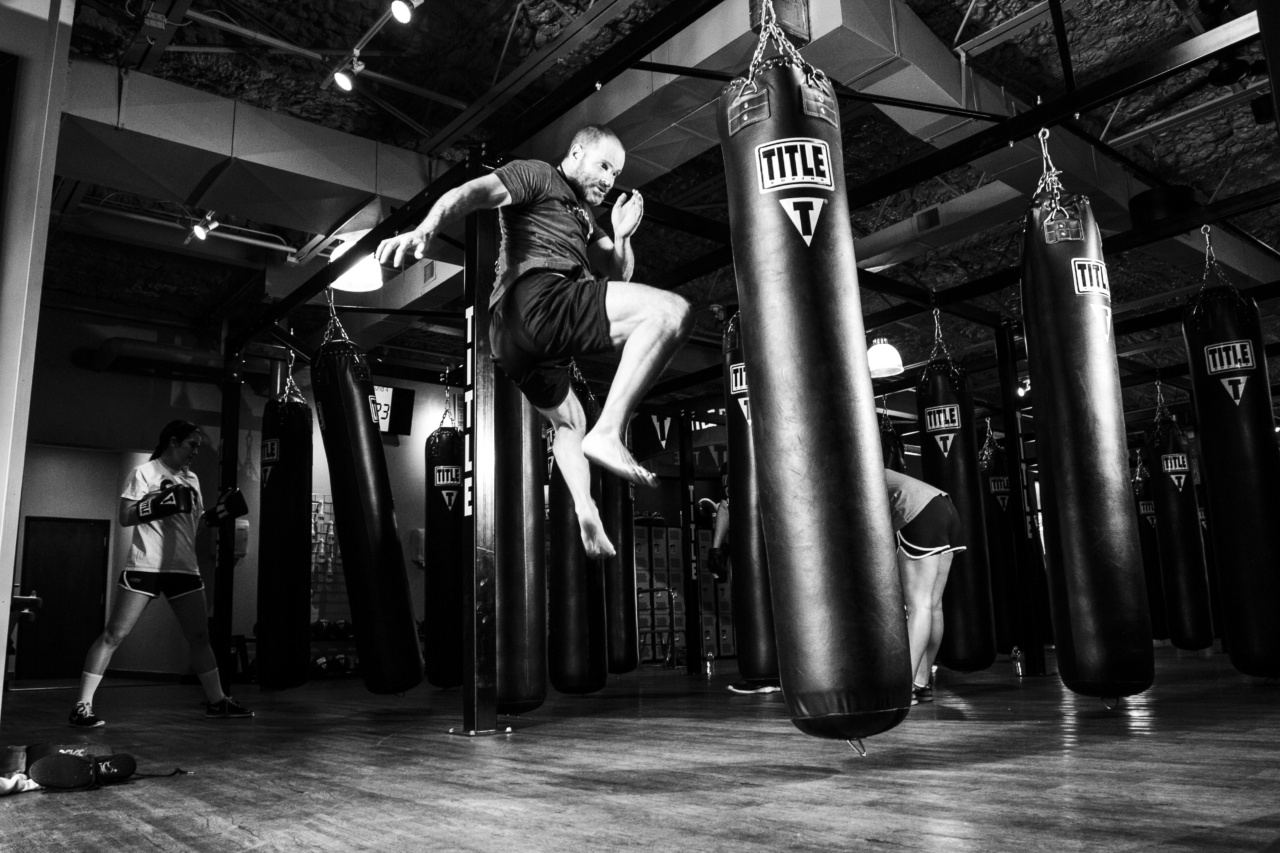Panic attacks can be debilitating and overwhelming, leaving individuals feeling completely out of control and terrified. These episodes of intense fear can strike unexpectedly, making it challenging to navigate through daily life.
However, it is important to remember that although panic attacks are frightening, they are not life-threatening. With the right knowledge and strategies, individuals can learn to survive panic attacks and regain control over their lives.
Recognizing the Symptoms
Before diving into the tips for handling panic attacks, it is crucial to understand the common symptoms that manifest during an episode. These symptoms can vary from person to person but often include:.
- Rapid heart rate
- Shortness of breath
- Dizziness or lightheadedness
- Trembling or shaking
- Sweating
- Chest pain or discomfort
- Feeling of choking
- Nausea or stomach distress
- Fear of losing control or going crazy
- Fear of dying
Tip 1: Practice Deep Breathing Exercises
Deep breathing exercises can help calm the body and mind during a panic attack. By focusing on slow and controlled inhalations and exhalations, individuals can decrease their heart rate and reduce symptoms such as dizziness and shortness of breath.
One effective breathing exercise is the 4-7-8 technique:.
1. Inhale quietly through the nose to a mental count of four.
2. Hold the breath for a count of seven.
3. Exhale forcefully through the mouth to a count of eight.
4. Repeat this cycle for several minutes until the panic subsides.
Tip 2: Challenge Negative Thoughts
Panic attacks are often triggered by fearful and negative thinking patterns. During an attack, it is essential to recognize and challenge these thoughts by asking yourself questions such as:.
– What evidence do I have that supports this negative thought?.
– Is there any evidence that contradicts this negative thought?.
– Am I jumping to conclusions without considering other possibilities?.
– What is the worst that could happen, and how likely is it?.
By challenging negative thoughts, you can gain a more realistic perspective and reduce the intensity of the panic attack.
Tip 3: Utilize Grounding Techniques
Grounding techniques can help individuals feel more present and connected to the current moment, rather than being overwhelmed by the panic attack. One effective grounding technique is the 5-4-3-2-1 method:.
1. Identify five things you can see around you.
2. Acknowledge four things you can touch.
3. Pay attention to three things you can hear.
4. Notice two things you can smell.
5. Focus on one thing you can taste.
This technique can help shift your attention away from the panic and bring you back to the present reality.
Tip 4: Reach Out for Support
During a panic attack, it can be incredibly helpful to reach out to a trusted friend, family member, or mental health professional. Simply talking to someone who understands and cares can provide a sense of comfort and reassurance.
Additionally, they may be able to offer guidance or distraction techniques to help you cope with the panic attack.
Tip 5: Engage in Relaxation Techniques
Practicing relaxation techniques regularly can significantly reduce the frequency and intensity of panic attacks. Techniques such as progressive muscle relaxation, meditation, yoga, and aromatherapy can help calm both the mind and body.
By incorporating these relaxation techniques into your daily routine, you can build resilience and decrease the likelihood of panic attacks.
Tip 6: Create a Safety Plan
Having a safety plan in place can provide a sense of security and control when experiencing panic attacks.
This plan can include steps you will take during an attack, such as finding a quiet place, using relaxation techniques, or contacting a support person. It can also include a list of comforting activities or distractions to engage in after the panic attack has subsided.
Tip 7: Prioritize Self-Care
Taking care of yourself is crucial in managing panic attacks.
Prioritizing self-care activities such as getting enough sleep, eating a healthy diet, engaging in regular physical activity, and avoiding excessive caffeine and alcohol can help reduce the likelihood of panic attacks. Taking care of your physical and mental well-being strengthens your ability to cope with and prevent panic attacks.
Tip 8: Educate Yourself about Panic Attacks
Knowledge is power when it comes to panic attacks. Educating yourself about the nature of panic attacks, their causes, and how they affect the body can help you develop a better understanding and demystify the experience.
Researching reputable sources, reading books on anxiety and panic disorders, and attending therapy or support groups can provide valuable insights and strategies for managing panic attacks.
Tip 9: Practice Mindfulness
Mindfulness involves bringing your attention to the present moment without judgment. By practicing mindfulness, individuals with panic attacks can learn to observe their thoughts and physical sensations without getting caught up in them.
Mindfulness meditation and mindful breathing exercises can be particularly beneficial in reducing the frequency and severity of panic attacks.
Tip 10: Consider Professional Help
If panic attacks significantly interfere with your daily life and functioning, seeking professional help from a therapist or counselor specialized in anxiety disorders is highly recommended.
They can provide you with specific tools and techniques tailored to your unique situation and guide you through the process of overcoming panic attacks.






























